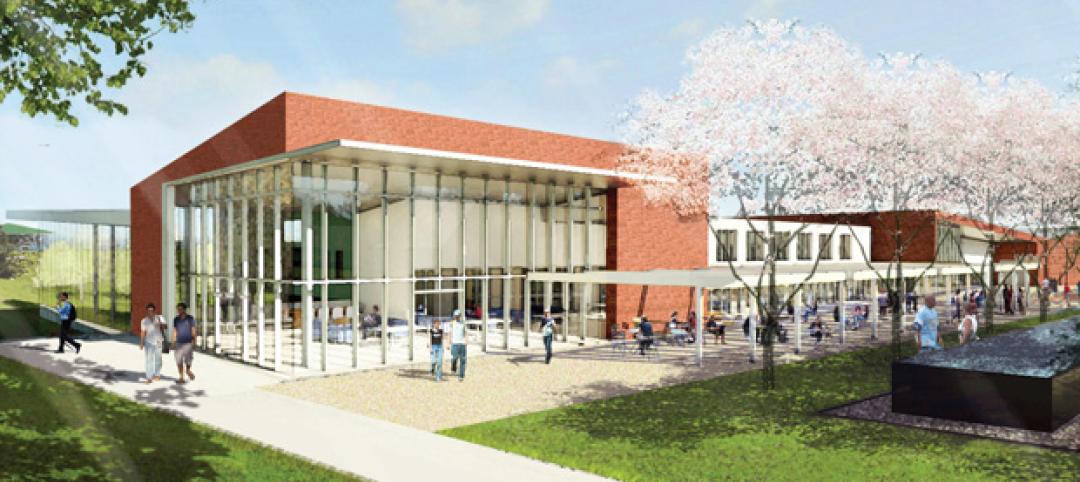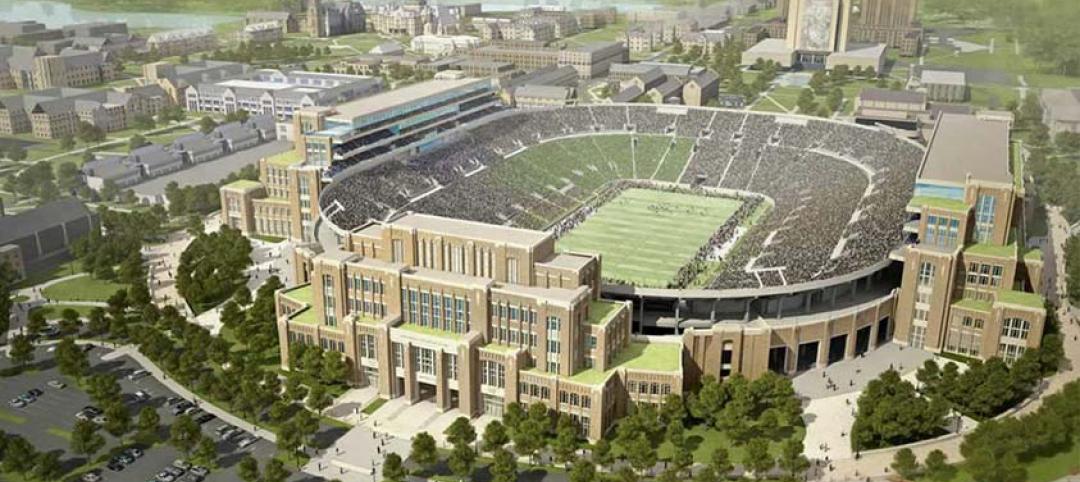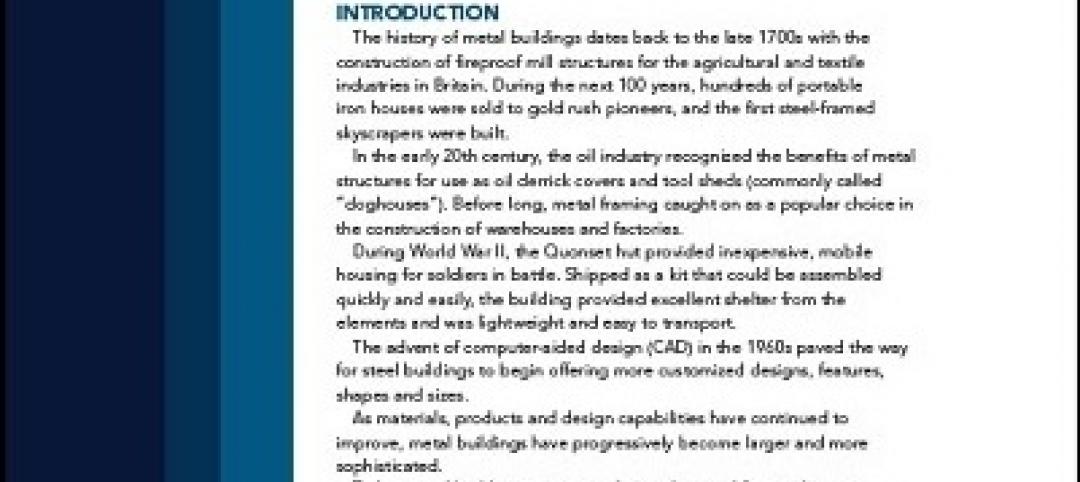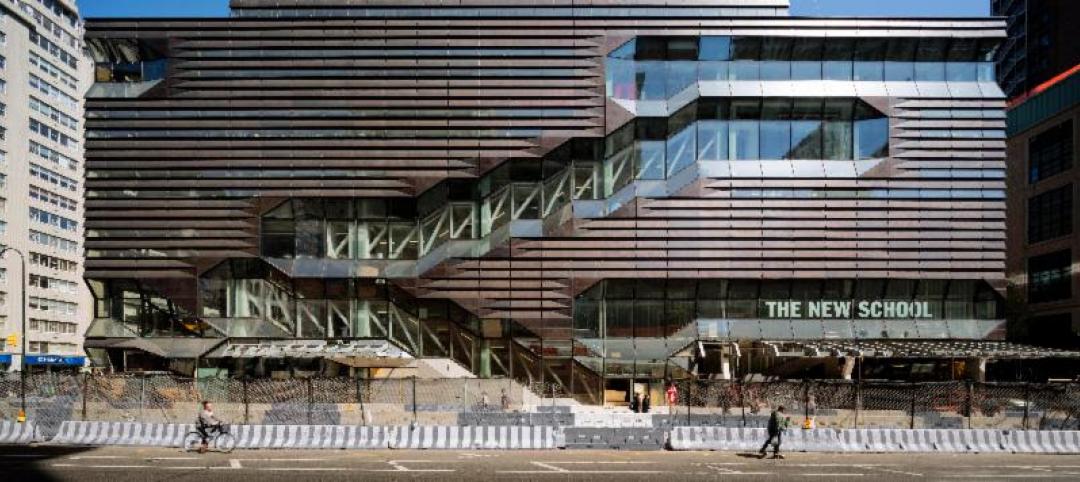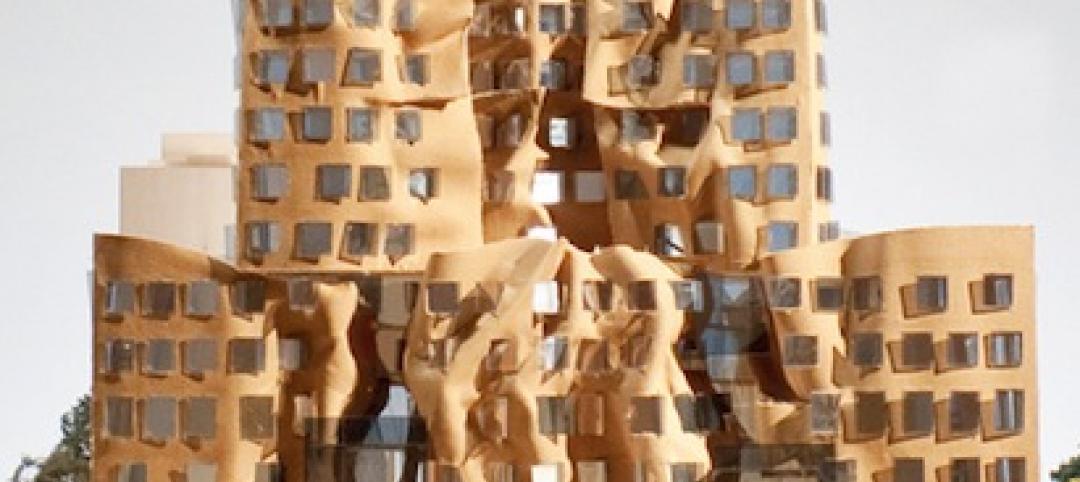On July 20, the University of Michigan in Ann Arbor opened Mcity, a 32-acre simulated urban and suburban controlled environment, designed specifically to test the potential of connected and automated vehicle technologies.
The $6.5 million project comprises a five-mile stretch of roads, some of them up to five lanes. Mcity includes rearrangeable architecture such as buildings, streetlights, parked cars, traffic lights and stop signs, sidewalks, and other obstacles. Robotic pedestrians and mechanized bikes roam throughout Mcity.
The miniature city is developed and designed by the university’s two-year-old Interdisciplinary Mobility Transformation Center, a partnership of several automotive companies, the Michigan Department of Transportation, researchers from UM’s Transportation Research Institute, and its College of Engineering.
“The initiative demonstrates the great potential in working with partners outside the University to address compelling issues of broad impact,” said UM’s president Mark Schlissel. NPR reports that 15 companies, which include Ford, GM, and Nissan, paid $1 million each to help build Mcity.
Companies like Google, Toyota, Uber, and Apple have been working on self-driving technologies that rely on GPS, radar and remote sensors known as LIDAR. So far the test results have been impressive, albeit in a limited sense. Experts anticipate that driverless streets and highways could be a common reality within the next 10 to 15 years. The real challenge, though, is getting driverless cars to react to and interact with how humans drive.
Google, which began its self-driving project in 2009, currently averages 10,000 autonomous miles per week on public streets. Over six years of testing through May 2015, its driverless vehicles had been involved in 12 minor accidents during more than 1.8 million miles of autonomous and manual driving combined. “Not once was the self-driving car the cause of the accident,” claims Google in a recent progress report. However, Google’s test cars rarely go beyond 25 miles per hour and so far have been limited to roads the car’s computers have already analyzed.
As the New York Times reported earlier this month, autonomous vehicles right now are programmed to drive overly cautiously, compared with humans’ typically aggressive driving habits. Autonomous cars “have to learn to be aggressive in the right amount, and the right amount depends on the culture,” Donald Norman, director of the Design Lab and the University of California, San Diego was quoted as saying.
Mcity, then, provides a testing ground for driverless cars in unpredictable conditions.
“There are many challenges ahead as automated vehicles are increasingly deployed on real roadways,” explains Peter Sweatman, director of the U-M Mobility Transformation Center. “Mcity is a safe, controlled and realistic environment where we are going to figure out how the incredible potential of connected and automated vehicles can be realized quickly, efficiently and safely.”
NPR quotes university researchers who are hoping to have 20 to 30 automated cars driving around Ann Arbor’s streets within the next six years.
Related Stories
| Jan 31, 2014
6 considerations for rehabbing student union buildings
Most colleges and universities feel pressure to offer the latest amenities in order to attract and retain the best and brightest students. While hauling in the bulldozer to create modern facilities is attractive in some regards, deciding to renovate can be just as effective and, in some cases, even preferable to new construction.
| Jan 30, 2014
How reverse engineering nature can spur design innovation
It’s not enough to copy nature. Today’s designers need a deeper understanding of environmental nuance, from the biome in.
| Jan 29, 2014
Notre Dame to expand football stadium in largest project in school history
The $400 million Campus Crossroads Project will add more than 750,000 sf of academic, student life, and athletic space in three new buildings attached to the school's iconic football stadium.
| Jan 28, 2014
White Paper: How metal buildings deliver long-term value to schools
A new white paper from Star Building Systems outlines the benefits of metal buildings for public and private school building projects.
| Jan 28, 2014
16 awe-inspiring interior designs from around the world [slideshow]
The International Interior Design Association released the winners of its 4th Annual Global Excellence Awards. Here's a recap of the winning projects.
| Jan 28, 2014
Big Ten Conference opens swanky HQ and museum [slideshow]
The new mixed-use headquarters includes a museum, broadcast studios, conference facilities, office spaces, and, oh yeah, a Brazilian steakhouse.
| Jan 22, 2014
SOM-designed University Center uses 'sky quads,' stacked staircases to promote chance encounters
The New School's vertical campus in Manhattan houses multiple functions, including labs, design studios, a library, and student residences, in a 16-story building.
| Jan 17, 2014
The Starchitect of Oz: New Gehry building in Sydney celebrates topping out
The Dr. Chau Chak Wing Building at the University of Technology, Sydney, will mark Frank Gehry's debut project in the Australian metro.
| Jan 15, 2014
Report: 32 U.S. buildings have been verified as net-zero energy performers
The New Buildings Institute's 2014 Getting to Zero Status report includes an interactive map detailing the net-zero energy buildings that have been verified by NBI.
| Jan 13, 2014
Custom exterior fabricator A. Zahner unveils free façade design software for architects
The web-based tool uses the company's factory floor like "a massive rapid prototype machine,” allowing designers to manipulate designs on the fly based on cost and other factors, according to CEO/President Bill Zahner.



